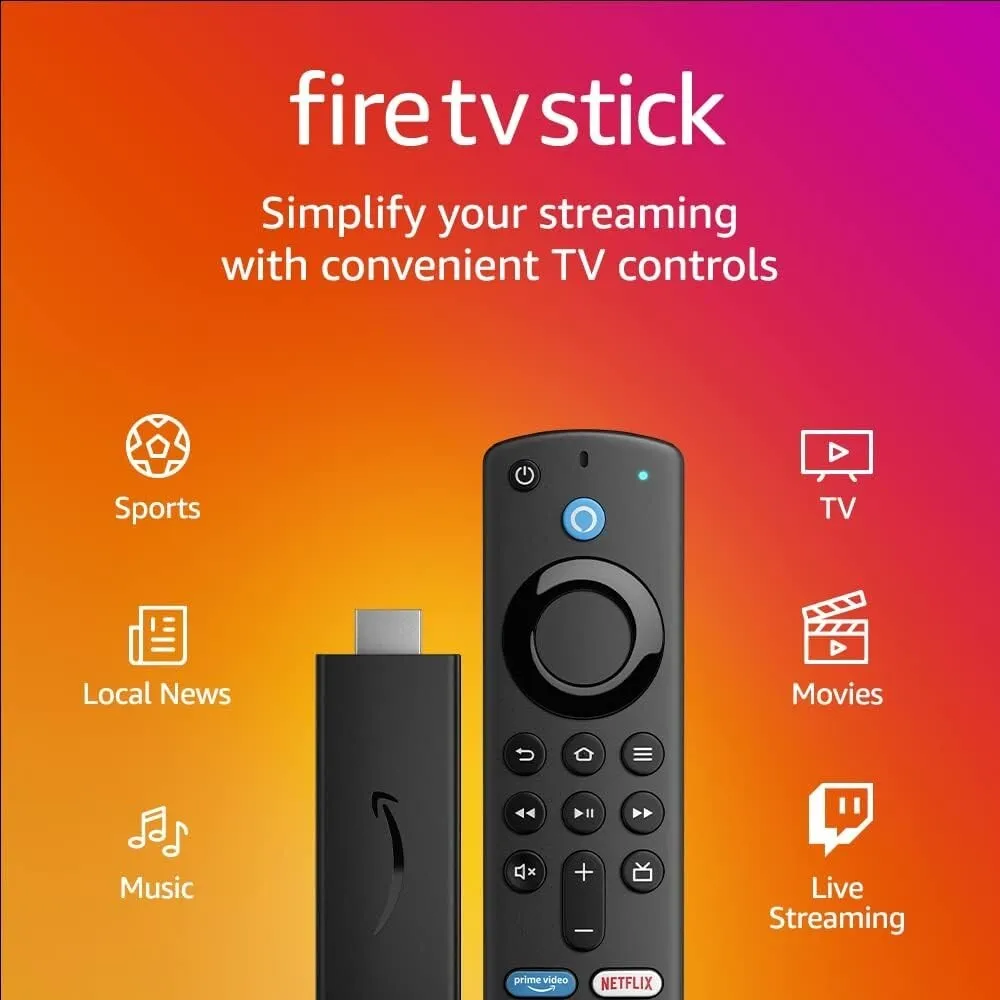Streaming Trends for 2025
In recent years, streaming has advanced significantly, and it is expected that by 2025 this trend will continue to rise.

The Rise of Live Streaming
Live streaming has experienced exponential growth, with platforms like Twitch and YouTube Live setting the pace for this trend. From sports events to concerts and gaming sessions, live content attracts massive audiences, creating interactive communities and real-time experiences.
Factors Driving the Popularity of Live Streaming
Among the most notable factors driving the popularity of live streaming is the search for authentic experiences and direct interaction with content creators. Viewers enjoy not only the ability to watch live events but also to interact through real-time chats, fostering a sense of belonging and community.
Another relevant factor is the improvement in streaming technology. Platforms are investing in quality infrastructure that allows for smoother and more accessible streaming, attracting more users. Additionally, the use of social media to promote live events has further expanded its reach, enabling content creators to reach wider audiences.
The diversity of content also plays a crucial role in this phenomenon. From cooking tutorials to personal development talks, the variety of available options ensures there is something for everyone. This has allowed specific niches to find their place in the vast world of live streaming, creating passionate communities around particular interests.
Possible Innovations in Live Streaming
On the horizon, exciting innovations in live streaming are emerging. For example, the integration of artificial intelligence to personalize user experiences could revolutionize how we consume content. Augmented reality technologies are also being developed, which could introduce additional interactive elements into live streams.
Another advancement could be the implementation of more effective monetization systems for creators, allowing for greater economic independence. Trends indicate that by 2025, live streaming will not only be about watching but also about participating and creating unique experiences that engage the audience in ways not yet imagined.
Moreover, the use of virtual reality could offer immersive experiences that transport viewers to events in distant locations, such as concerts in large stadiums or international conferences, all from the comfort of their home. This technological evolution would not only enrich the user experience but also open new opportunities for content creators, who could explore innovative and collaborative formats that were previously not possible.
The Evolution of Streaming Platforms
Streaming platforms are not immune to transformation. As the demand for diversified content increases, these platforms are evolving to adapt to changing consumer preferences. This includes the emergence of new players in the market looking to capitalize on the growing demand for on-demand content.
Emerging New Platforms
The market is seeing a rise in new platforms offering creative and differentiated alternatives. These may include services focusing on niches, such as educational content or documentaries, allowing users to choose more personalized experiences. On the other hand, the content war is driving existing platforms to acquire licenses for popular series and movies in an attempt to attract subscribers.
These new platforms are also beginning to experiment with innovative business models, such as "freemium," which allows users to access basic content for free while paying for premium access to exclusive content.
Changes in Existing Streaming Platforms
The most well-known streaming platforms are not being left behind. In their attempt to remain competitive, they are making significant adjustments to their content catalogs and distribution strategy. For example, the production of original content has taken a leading role on platforms like Netflix, Amazon Prime Video, and Disney+.
Additionally, the focus on user experience has intensified. Many platforms are investing in more sophisticated algorithms to recommend personalized content, improving user retention and overall satisfaction. By 2025, we can expect these platforms not only to offer content but also to become spaces for discovering new stories and creators.
In this context, the inclusion of multicultural and diverse content has become a fundamental aspect. Platforms are beginning to recognize the importance of representing different cultures and voices in their programming. This not only enriches the content offering but also attracts a broader audience seeking to identify with the stories they see. Series and movies addressing social, historical, and cultural themes of diverse communities are gaining popularity, reflecting a shift in the traditional entertainment narrative.
On the other hand, interactivity is also emerging as a key trend. Some platforms are experimenting with formats that allow viewers to influence the narrative or character development, creating a more immersive experience. This not only fosters a deeper connection with the content but also transforms how we consume entertainment, turning the viewer into an active participant in the story.
The Impact of 5G Technology on Streaming
The deployment of 5G technology promises to revolutionize the world of streaming by enhancing transmission capabilities and content quality. With significantly faster upload and download speeds, 5G allows users to stream high-definition content without interruptions and with lower latency.
Improvements in Streaming Quality
With 5G, the image and sound quality of streams will be noticeably improved. Streaming content in 4K and even 8K resolution will be within reach, enriching the viewer's experience and providing unprecedented immersion. This is particularly relevant for sports events, concerts, and movies that benefit from high visual quality.
Moreover, this technology will enable more extensive use of augmented and virtual reality formats in streams, creating more immersive experiences for users who increasingly seek more impactful ways to interact with content.
Streaming on Mobile Devices and 5G
The integration of 5G will transform streaming on mobile devices, facilitating content consumption anywhere and anytime. This will be crucial for younger users who prefer to watch content on their smartphones and tablets.
The combination of 5G connectivity and the growing improvement in mobile device capabilities could allow the development of new applications and platforms specifically designed for mobile content, taking the user experience to another level. By 2025, we could see a wave of mobile-optimized content, making streaming more accessible than ever.
Furthermore, 5G will not only benefit consumers but also offer new opportunities to content creators. With the ability to stream live with professional quality from virtually anywhere, creators will be able to interact in real-time with their audience, fostering a closer and more authentic connection. This could result in a significant increase in live content production, from Q&A sessions to virtual concerts, thus expanding the reach and diversity of available content.
On the other hand, the implementation of 5G could also impact advertising in streaming. With the ability to offer personalized and high-quality ads in real-time, brands will be able to target their audiences more effectively. This will not only improve the user experience by making it more relevant but also increase the effectiveness of advertising campaigns, benefiting both companies and streaming platforms that rely on this revenue. The fusion of technology and content is destined to create a more dynamic and attractive ecosystem for all involved.
The Growing Importance of Original Content
Original content has become a crucial factor in the competition between streaming platforms. As content libraries become saturated, the production of exclusive series and movies becomes increasingly vital to attract and retain subscribers.
The Role of Original Content in Streaming Competition
Platforms are realizing that original content not only attracts new users but also creates its own identity. Series like "Stranger Things" on Netflix or "The Mandalorian" on Disney+ have proven to be magnets for audiences and are pillars in these platforms' marketing strategies.
As we move towards 2025, it is likely that we will see continued massive investment in original content. Platforms will seek to diversify their offerings to attract different demographics, from children's content to dramatic productions and documentaries, ensuring that every user can find something of interest.
Future Trends in Original Content
Future trends in original content also suggest a growing inclusion of diverse voices and unique narratives. More stories from different cultures and contexts are expected to be implemented, bringing content to a global audience and enriching the variety of available options. The search for authenticity in storytelling will become a priority for platforms.
Additionally, the combination of different genres and formats will become more common. Programs that mix comedy, drama, and a more interactive format are destined to capture the attention of younger viewers who seek a more dynamic audiovisual experience.
Moreover, the rise of streaming platforms has led to an increase in collaboration with independent content creators. These creators, who often have a fresh and unique vision, are beginning to receive more support and funding to develop projects that may not have found a place in traditional media. This not only diversifies content but also allows new emerging voices to be heard in the industry.
On the other hand, the impact of technology on the production of original content cannot be underestimated. With the improvement of editing tools and visual effects, creators can experiment with more complex and visually appealing narratives. This has led to a new era of innovation where stories are told in ways that were previously unimaginable, capturing the attention of audiences of all ages and backgrounds.
The Future of Streaming in Virtual Reality
Virtual reality (VR) presents an exciting opportunity for the future of streaming. With technological advances in VR devices, the way we consume content could be completely transformed.
Technological Advances in Virtual Reality
Improvements in virtual reality technology will enable more immersive streaming experiences, where users will not only watch but also interact with the content. This includes the possibility of attending concerts as if they were in the front row or experiencing sports events from a privileged perspective.
As more consumers adopt VR technologies, it is likely that streaming platforms will begin to create VR-specific content, giving a new lease of life to existing formats and generating new trends in entertainment consumption.
Streaming Applications in Virtual Reality
By 2025, we can anticipate a variety of streaming applications that fully leverage virtual reality. From platforms dedicated exclusively to VR content to interactive experiences that allow users to explore virtual worlds, the potential is immense. With this type of content, the boundaries between perception and reality will blur, transforming the way we enjoy movies, series, and live events.
Additionally, the social aspect of VR will allow shared experiences, where friends and family can enjoy streaming events together in virtual environments, enhancing connection and camaraderie in an increasingly digital world.
In conclusion, the streaming landscape for 2025 will be marked by the continuous evolution of technology, changes in consumer habits, and growing competition between platforms. With the rise of live streaming, the importance of original content, and the addition of virtual reality, the future promises to be as intriguing as it is entertaining.








































































